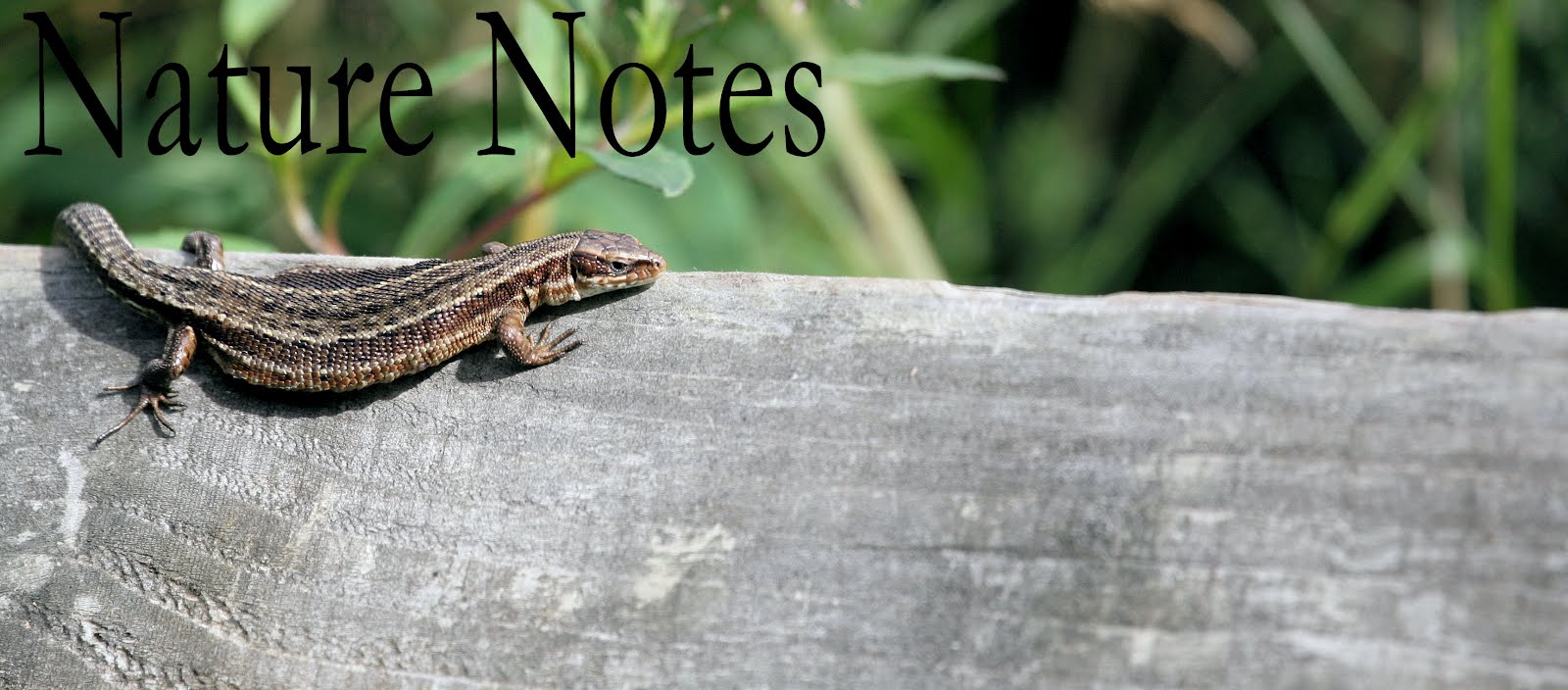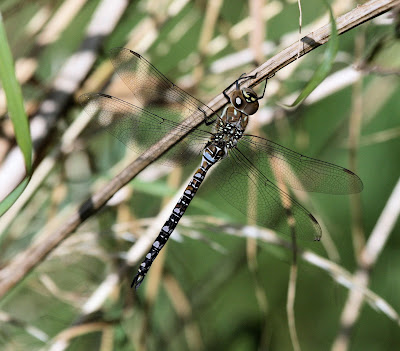Autumn and winter are without doubt the best time of year to
search for predatory mammals, in my experience. The combination of large
amounts of pheasants being released for shooting, predator densities being at a
peak and vegetation dying back, means you can usually reliably find some signs
or if you're lucky and willing to put in the time in see the animals themselves.
The landscape around the southern escarpments of the North York Moors has just
about every predatory mammal species in Britain available (in good densities) despite
gamekeeper pressure. Knowing where to look can provide good results. Species include
red fox, otter, badger, weasel, stoat and mink, in addition pine marten
continue to be reported in the region too.
Polecats have yet to extend this far east in any real density, however
when they do, provided persecution is low the habitat is more than suitable to
support them as well.
With the wind not looking promising for migrant birds and few
reports turning up, I decided to head inland on a recce. I now have a camera
capable of taking decent photos, combined with some bushcraft it would be a
nice winter project to photograph some of our more elusive inhabitants. However
before doing so, to save time, finding a suitable area is important. Knowing
this region well I already had an idea of places which support good predator
(and importantly) prey densities. Rather than sitting and waiting, I decided to
rove across a valley which supports a wide range of habitat types,
importantly mixed woodland, pasture, rough grassland, rivers and streams.
Red Fox - Red foxes are extremely easy to locate, home ranges
are well marked and scats are placed in prominent positions. Realistically
foxes are probably more easily targeted in urban areas these days and are
probably not as high on my agenda as the mustelids. Without really looking I
found what probably constitutes to a territory in the region walked.
Despite high gamekeeper pressure in this area foxes have enough woodland
retreats to escape too, although numbers are probably continually suppressed.
Otter - The rivers and to a lesser extent the streams in
this area, hold a number of active territories. Hopefully this winter I will be
able to get closer to a photograph by looking for signs. With river levels being high up until
recently a lot of the signs were difficult to find as they had been washed away. However I did manage the
footprint of a female/immature in some sandy substrate besides the river,
indicative of recent post flood activity. Since otters range so far, knowing exactly which aras of the river they use most often could be crucial to getting a photograph.
 |
| Otter print - Otters are well distributed throughout this part of North Yorkshire |
Badger - Badgers more so than foxes are super abundant
within this region. Setts typically being situated on the wooded convex slopes
of the surrounding valley sides, which provide cover and are out of the clay
zone, offering a more desirable soil structure, less prone to flooding. Badger
presence can soon be determined by checking paths, tracks and damp patches for
footprints. In this case where the track ran into a copse, prints passed across
it as the animal had moved through the tree cover then out into the pasture to
feed on worms. Already knowing several setts in the area, probably produces the
greatest chance of a photograph, however the species nocturnal nature and the
shade cast by closed canopy tree cover, makes getting one difficult, without a flash.
Weasel & Stoat - Two species which are often seen by
chance rather than design. However knowing where to look and knowing where densities
are high, significantly increases those chances. Stoats and weasels are both
common in this area, cover is abundant for nesting in and prey is also
numerous. Stoats occupy the niche above weasels in targeting small/medium prey
like game birds and rabbits, weasels tend to target smaller mammals and
frequently raid birds nests. In total I managed 3 stoats and 1 weasel, with
only a single distant photo from the stoat, highlighting the difficult task of
photographing these animals. Stoats are extremely inquisitive (as are foxes,
weasels and mink). If you think you may have seen one, it is always worth
trying to squeak it. A technique hard to describe, which basically involves
drawing air through the mouth to create a squeaking sound. In this case the
stoat which had disappeared into a hedge base reappeared and began to approach
me, I crouched to appear less of a threat, however the animal soon realised and
made a hasty retreat.
Finally the last species I managed to record (in approximately
2mile2) was American mink. Very much an enemy of British
conservation, albeit a very photogenic one. This part of North Yorkshire is
a mink stronghold, don't believe the hype about otters moving them on,
they don't! Undoubtedly otters are a negative factor on mink populations, but
the two only marginally compete, it is the polecat spreading from the east
which perhaps holds the true test for the minks resolve, and provides a larger amount of interspecific competition. Regardless mink have
been trapped and shot here for years by the water bailiffs and gamekeepers to
no avail. This animal had followed a small tributary up into an area of
pasture, where the pheasants will undoubtedly provide an easier foraging
opportunity, than the trout further down the valley, in the river. Mink are far more terrestrial
than a lot of the literature suggests, males in particular regularly disperse
across watersheds and feed away from water on prey like rabbits and pheasants.
 |
| Mink - Tracks in soft mud, where the animal has been following a stream upalong the valley, to reach easier pickings |
In total six predators, all in one valley, all open access.
That's winters project sorted.
 |
| Squeaking a stoat |





























